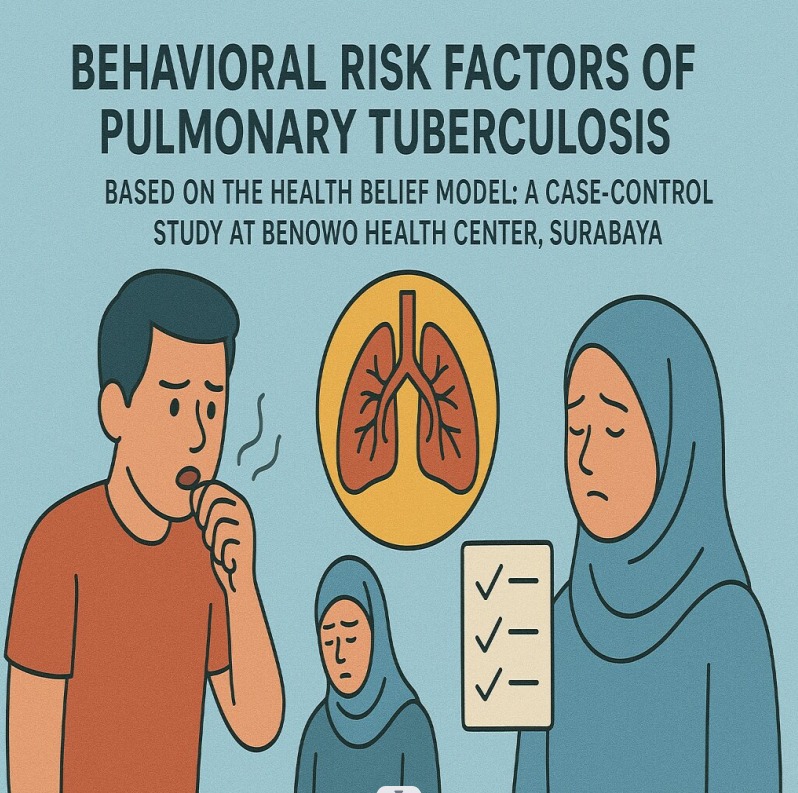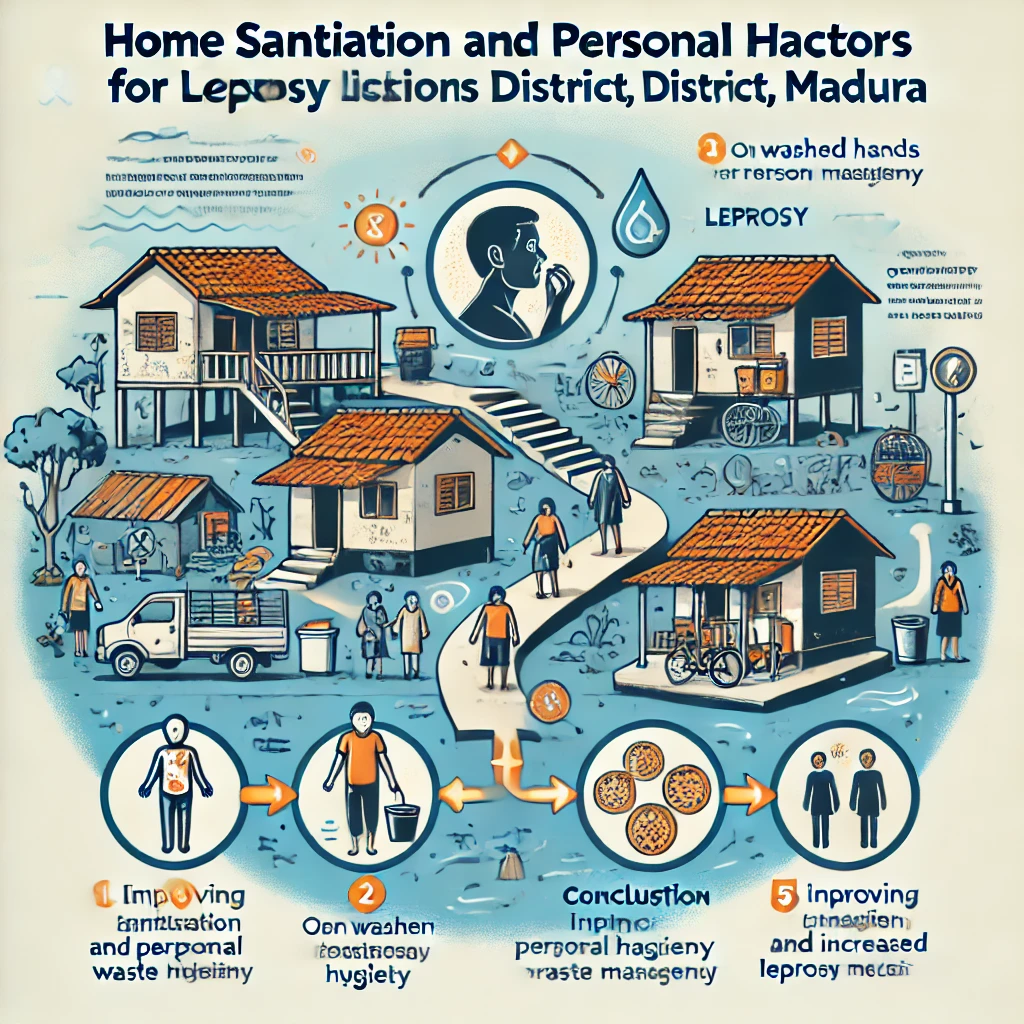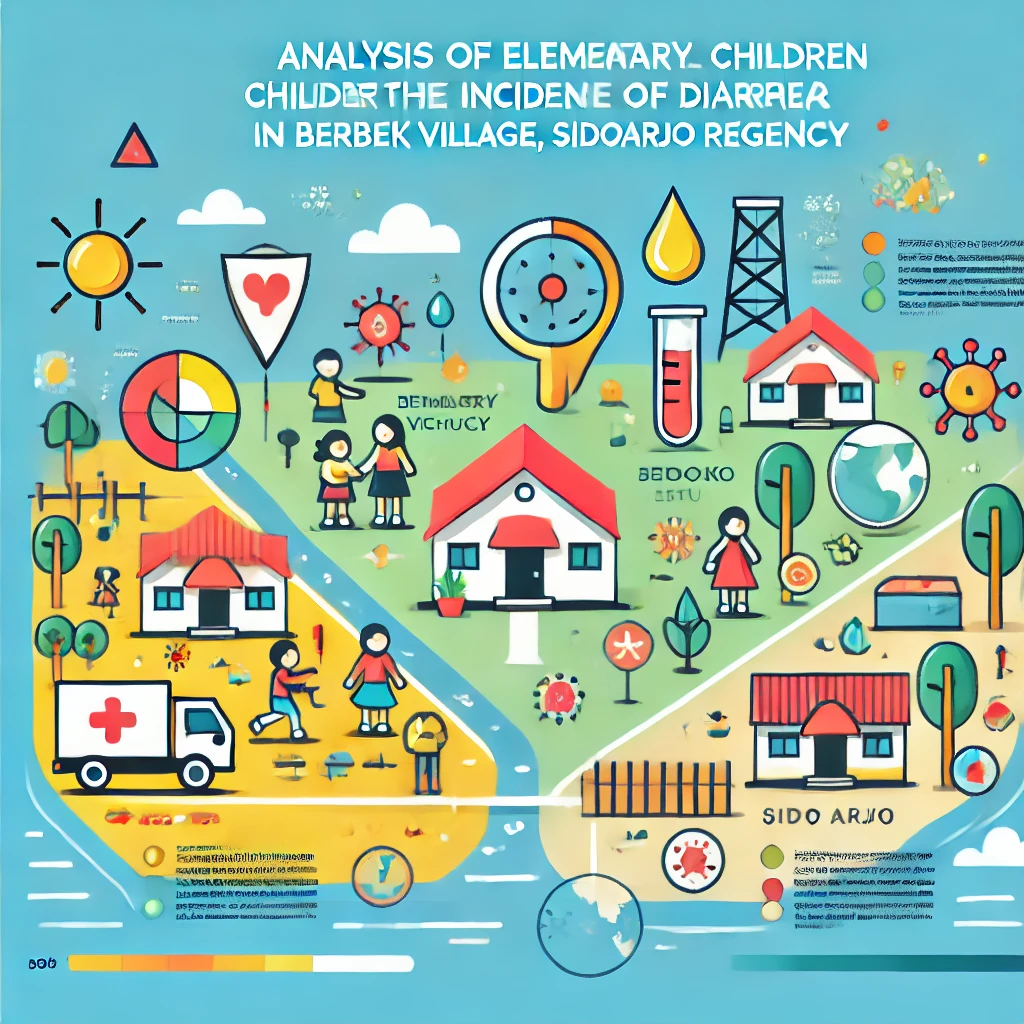Behavioral Risk Factors of Pulmonary Tuberculosis Based on the Health Belief Model: A Case-Control Study at Benowo Health Center, Surabaya

Downloads
Pulmonary tuberculosis (TB) remains a major public health challenge in Indonesia. Behavioral factors, including perception and lifestyle, play an important role in influencing TB incidence. Objective: This study aimed to analyze the association between behavioral factors based on the Health Belief Model (HBM) and the incidence of pulmonary TB in the Benowo Health Center area, Surabaya. A case-control design was employed with 39 cases and 39 controls aged 15–60 years, selected using the Slovin formula and purposive sampling. Data were collected through structured questionnaires and analyzed using bivariate (Chi-square) and multivariate (logistic regression) tests. Significant factors associated with pulmonary TB incidence were poor perceived vulnerability (OR = 1.86), high perceived severity (OR = 2.84), and low self-efficacy (OR = 2.44). Other variables such as perceived benefits, barriers, and cues to action showed weaker associations. Behavioral factors, particularly vulnerability, severity, and self-efficacy, significantly influence pulmonary TB incidence in the Benowo Health Center area. Strengthening health education and community-based counseling is recommended to improve TB prevention and control.
Copyright (c) 2025 Ardiansa, Hadi uryono, Iva Rustanti Eri Wardoyo, Setiawan, Priyo Susilo

This work is licensed under a Creative Commons Attribution 4.0 International License.




















